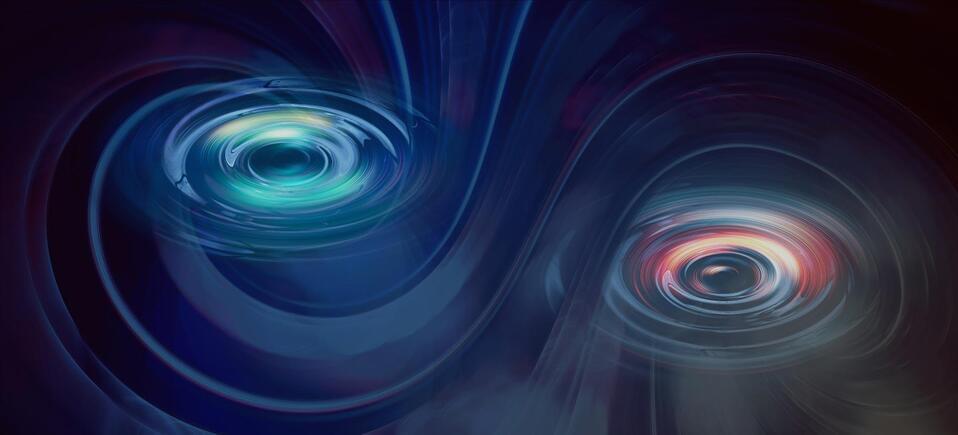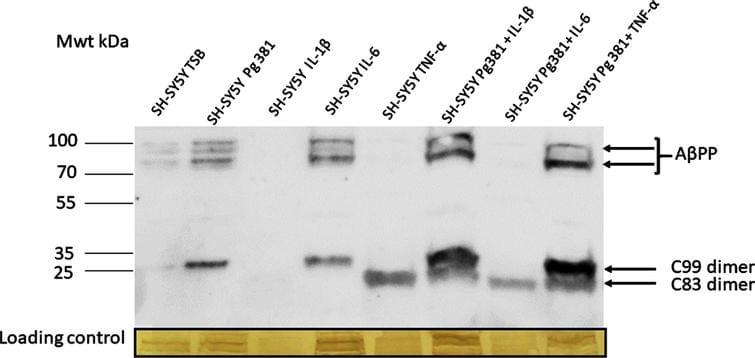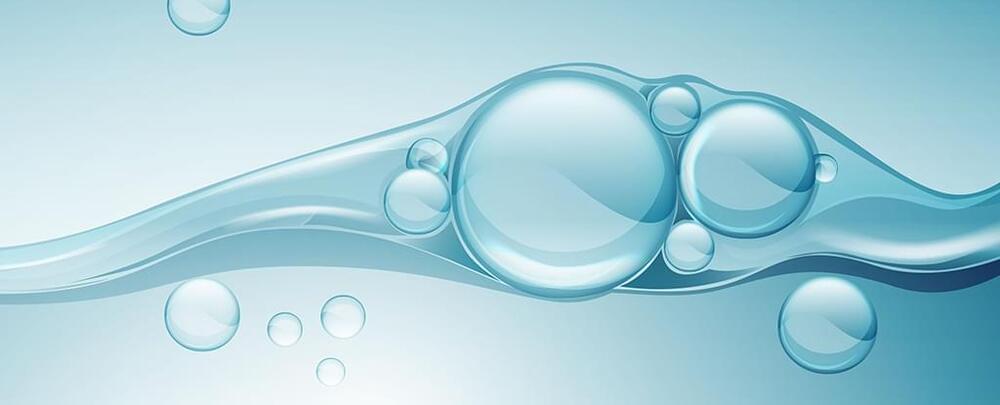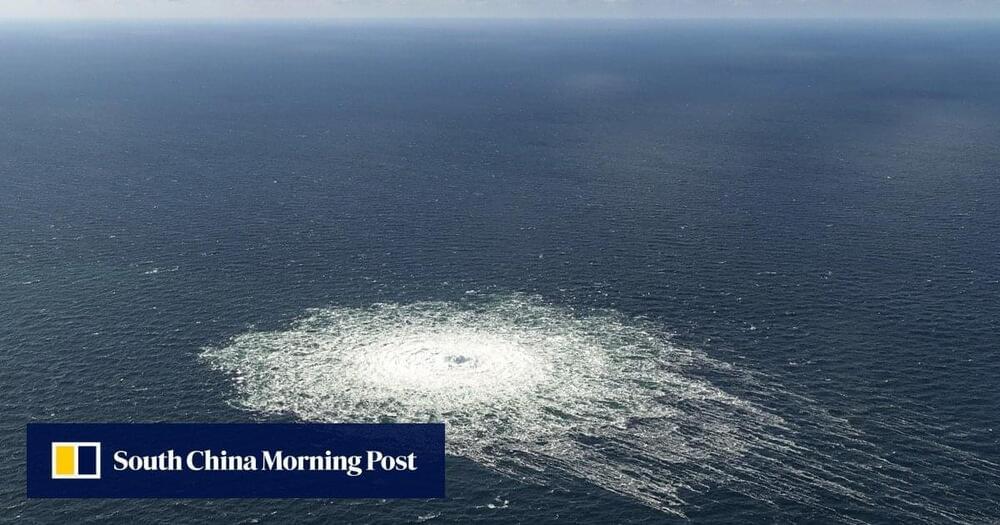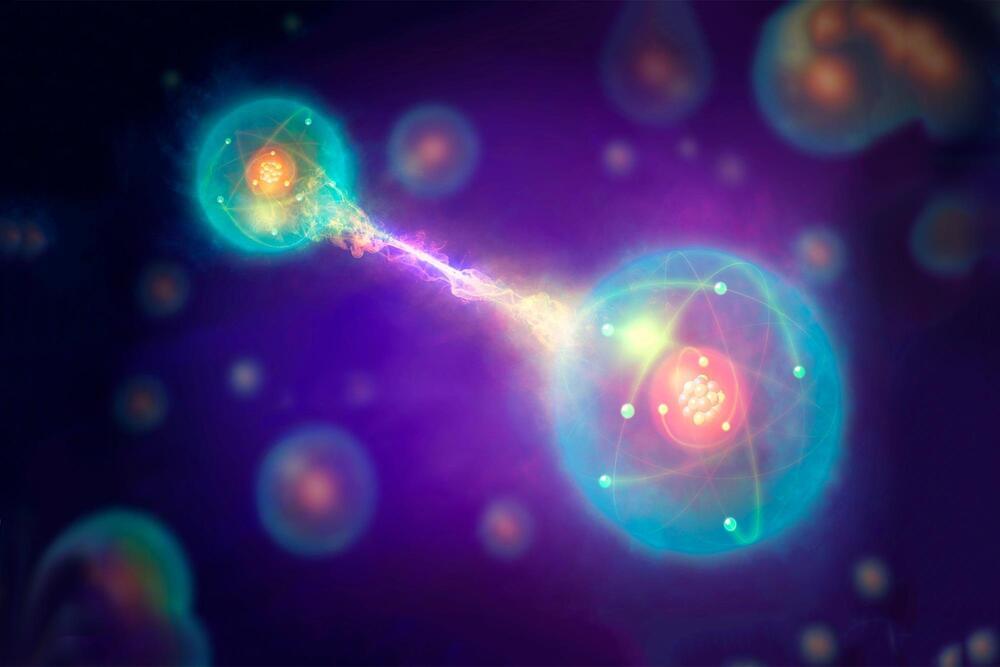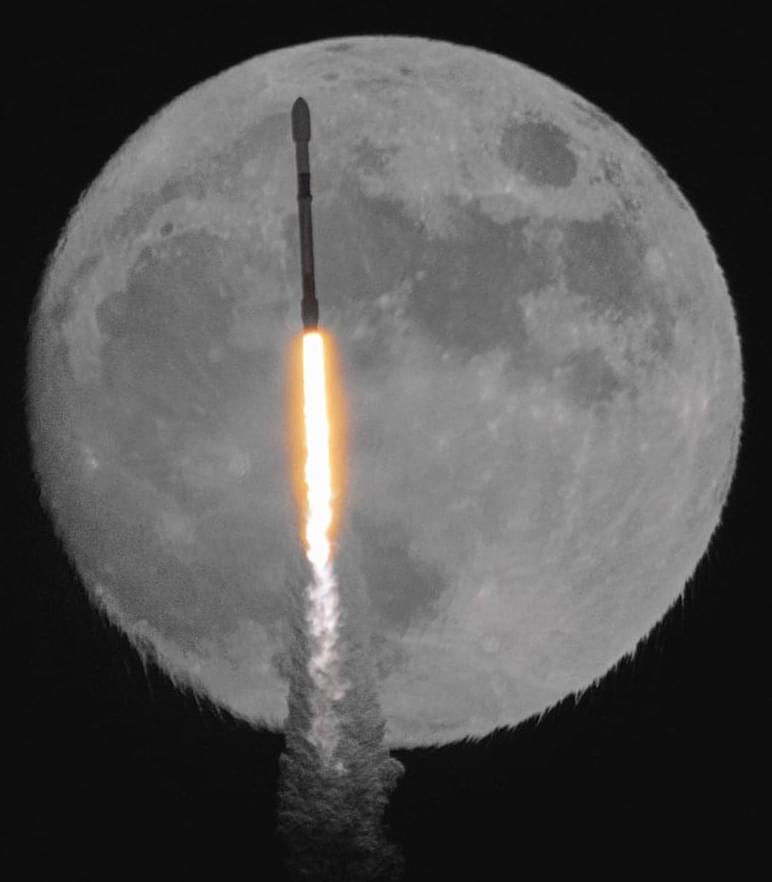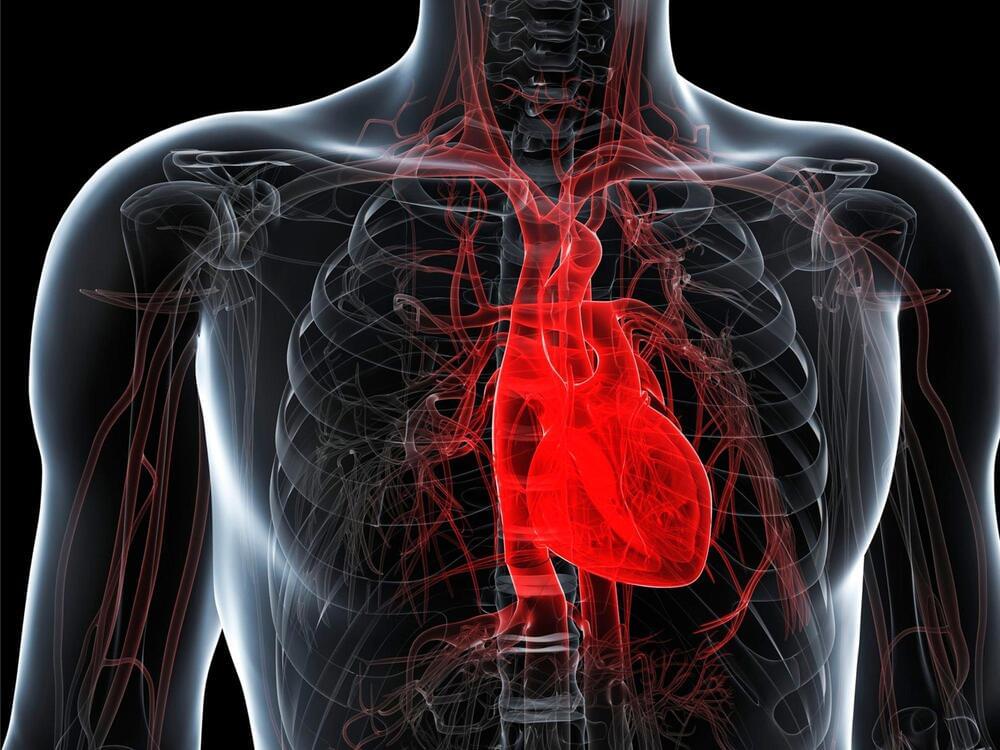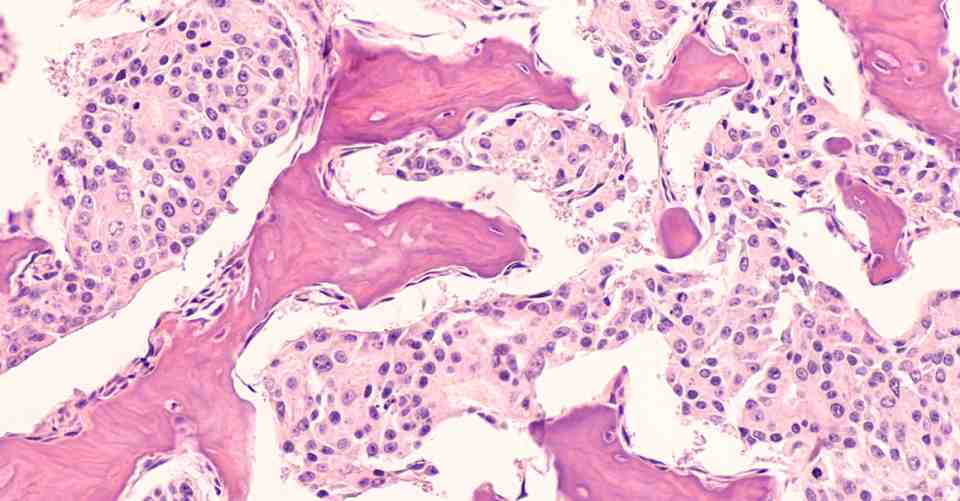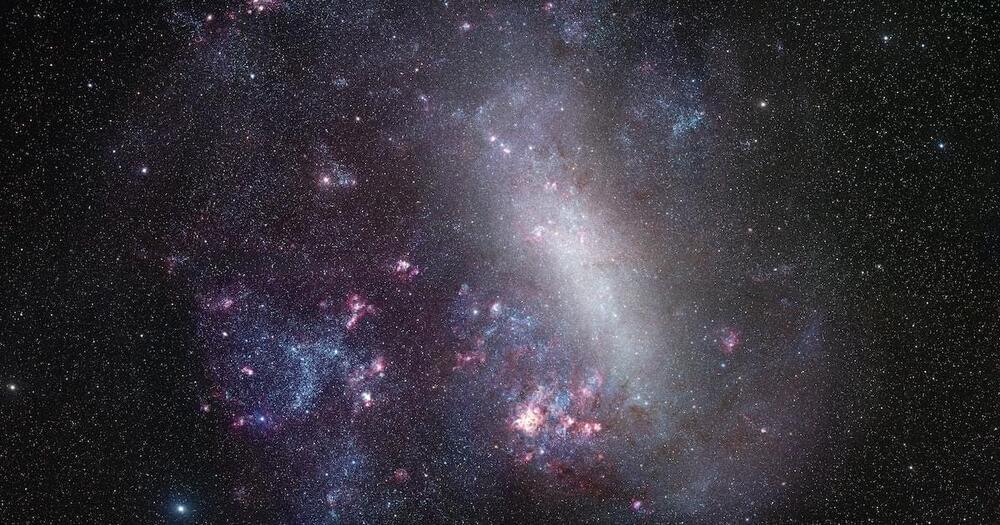Oct 9, 2022
One Florida community built to weather hurricanes endured Ian with barely a scratch
Posted by Omuterema Akhahenda in categories: climatology, habitats
BABCOCK RANCH, Fla. — Like many others in Southwest Florida, Mark Wilkerson seemingly gambled his life by choosing to shelter at home rather than evacuate when Hurricane Ian crashed ashore last week as a Category 4 storm.
But it wasn’t just luck that saved Wilkerson and his wife, Rhonda, or prevented damage to their well-appointed one-story house. You might say that it was all by design.
…and yes it’s 30 miles inland, as that’s part of the design, with many more innovations.

